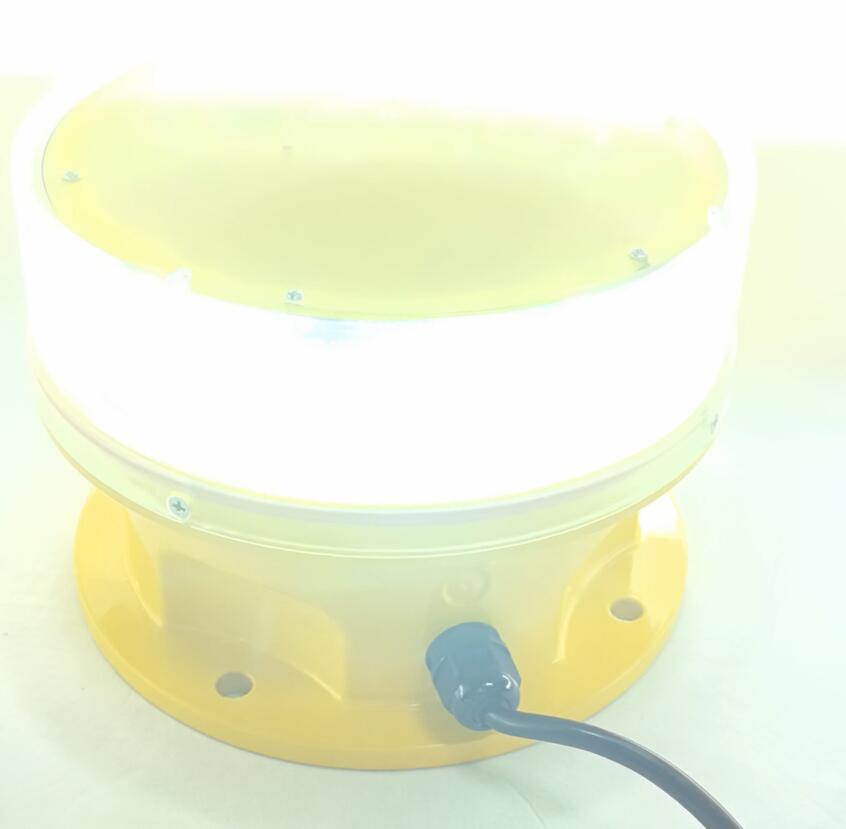
In industrial zones, particularly those involving high structures like flare stacks, safety is paramount. Among the key components ensuring aviation safety around such installations are aircraft warning lights flare stack systems. These lighting solutions are not just regulatory requirements—they are essential tools in preventing aviation accidents and maintaining operational continuity in complex industrial environments.
Understanding the Role of Flare Stacks
Flare stacks are tall structures commonly found in oil refineries, gas processing plants, and chemical manufacturing facilities. Their primary purpose is to safely combust excess gases released during normal or emergency plant operations. Due to their height and often remote locations, these stacks pose a significant risk to low-flying aircraft, especially at night or in poor visibility conditions.
To mitigate these risks, international aviation regulations and industrial safety standards require the installation of visible warning systems—most notably, aircraft warning lights flare stack setups.

The Function of Aircraft Warning Lights
Aircraft warning lights are high-intensity lighting devices placed on tall structures to alert aircraft pilots to potential obstacles. When installed on flare stacks, these lights serve the dual purpose of ensuring compliance with airspace regulations and protecting aviation traffic.
The configuration of these lights depends on the height of the flare stack, its location relative to flight paths, and regional aviation authority guidelines. Generally, red obstruction lights are used at night, while medium or high-intensity white strobe lights may be employed during daylight hours or in poor weather conditions.
|
aircraft warning lights flare stack |
Key Components of Aircraft Warning Lights Flare Stack Systems
A standard aircraft warning lights flare stack system typically includes:
LED Beacons or Strobes: These serve as the primary light source, known for their energy efficiency and long operational life.
Mounting Hardware: Designed to withstand extreme temperatures and corrosive environments typical of flare stack installations.
Control Units: These regulate light intensity and flashing patterns according to ambient light conditions and time of day.
Backup Power Supplies: Often in the form of battery banks or solar panels to ensure uninterrupted operation during power outages.
Design Challenges and Engineering Considerations
Designing and implementing aircraft warning lights flare stack solutions involves addressing several engineering challenges:
Heat Resistance: Flare stacks generate extreme heat, especially at the tip. Lighting equipment must be installed at a safe distance and made of heat-resistant materials.
Corrosion Protection: Due to exposure to chemical vapors and weather, all components need corrosion-resistant coatings or housings.
Reliability: Continuous operation is critical. Redundancy in lighting units and control systems is often necessary.
Visibility: Light intensity and color must comply with regulations, but also ensure effective visibility from long distances in all weather conditions.
Compliance with International Aviation Standards
International standards such as those from the International Civil Aviation Organization (ICAO) and Federal Aviation Administration (FAA) guide the installation of aircraft warning lights flare stack systems. These guidelines specify light colors, flash rates, installation heights, and maintenance procedures.
For example, FAA regulations typically require red lights for structures between 150 to 500 feet in height, while structures taller than 500 feet may require dual lighting systems combining red and white beacons.
Technological Advancements in Lighting Solutions
Modern aircraft warning lights flare stack technologies have evolved significantly. LED technology now dominates the field due to its lower power consumption, reduced maintenance, and greater durability compared to traditional incandescent or xenon lamps.
Smart lighting systems also integrate remote monitoring, enabling operators to detect faults and conduct predictive maintenance, thus minimizing system downtime and ensuring safety compliance.
Environmental and Operational Considerations
Environmental sustainability is increasingly important in industrial design. Many new aircraft warning lights flare stack setups incorporate solar-powered solutions. These not only reduce the environmental impact but also allow installations in remote areas without access to the electrical grid.
Operationally, the lights must function flawlessly regardless of weather. Rain, fog, dust storms, or snow should not compromise visibility. This requires rigorous testing and quality assurance by manufacturers.
Maintenance and Monitoring
Even with durable systems, routine inspections and maintenance are crucial. A failed light can pose a serious safety risk and may lead to regulatory violations. Advanced monitoring systems provide alerts in real time when any part of the aircraft warning lights flare stack system malfunctions, enabling immediate corrective actions.
Application Across Industries
While primarily associated with oil and gas, flare stacks equipped with aircraft warning lights are also found in industries such as petrochemicals, power generation, and waste treatment. As industrial infrastructure expands vertically, the need for effective aviation safety lighting becomes even more critical.
The integration of aircraft warning lights flare stack systems is not merely a compliance exercise—it is a fundamental aspect of responsible industrial operations. These systems protect lives in the skies and ensure that industrial growth aligns with aviation safety requirements.
With continued technological innovation and strict adherence to global standards, aircraft warning lighting for flare stacks will remain an essential feature of industrial safety protocols. Whether in remote deserts or offshore platforms, these systems silently yet effectively ensure that towering structures remain visible, day and night.